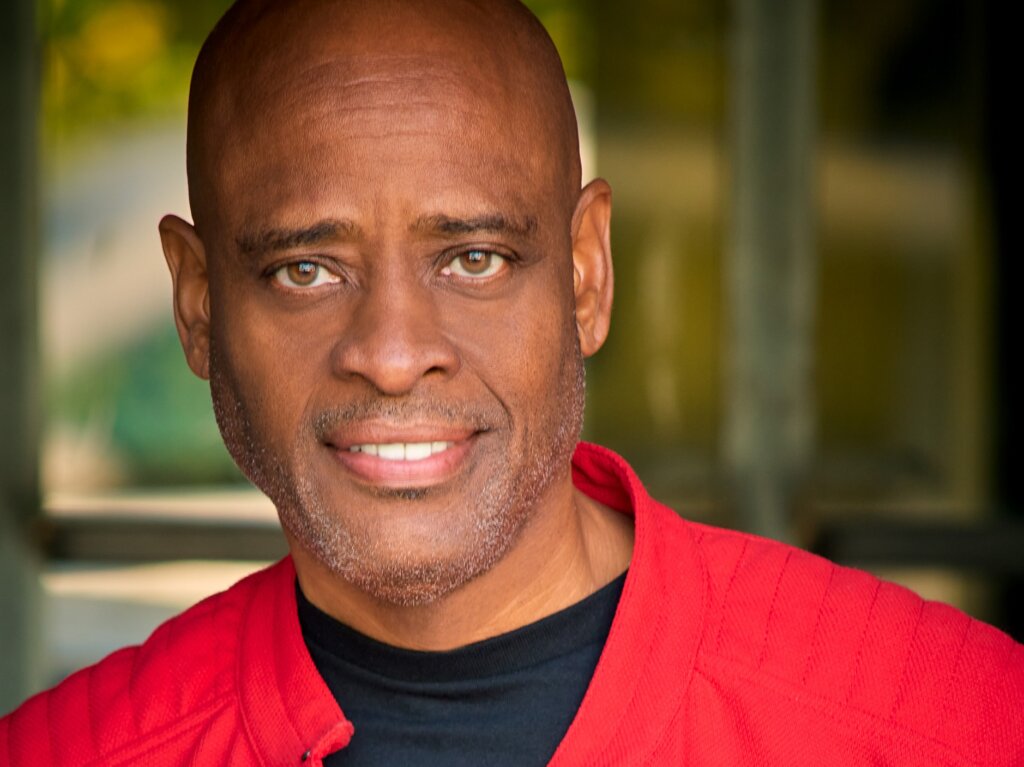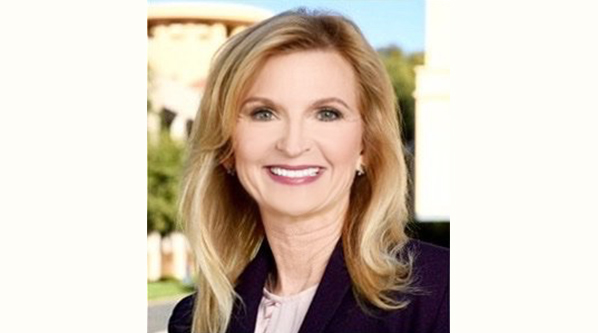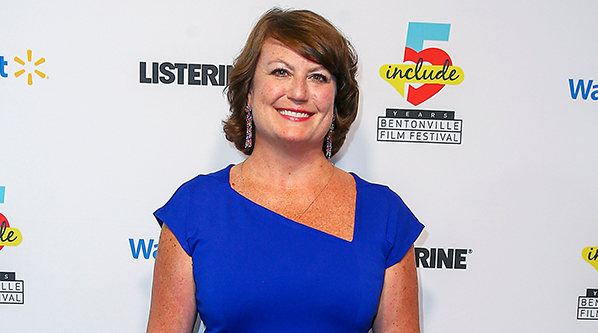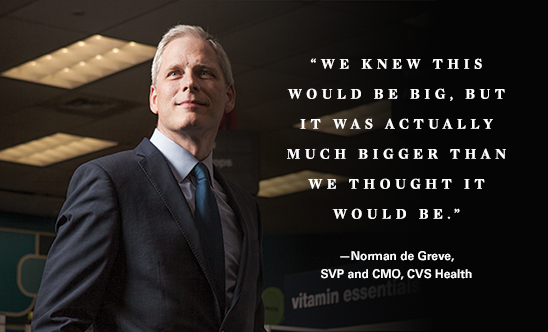

We knew this would be big, but it was actually much bigger than we thought it would be.” — Norman de Greve, SVP and CMO, CVS Health
CVS Pharmacy made big news earlier this year when it announced that the company would no longer retouch images of women in its beauty marketing. It’s a move toward authenticity that follows on the heels of initiatives like Dove’s long-standing Real Beauty campaign, which showcases women with different body types. Norman de Greve, senior vice president and chief marketing officer at CVS Health, recently spoke to SheReports about the move.
What led CVS to make this move?
We made a commitment to not materially digitally alter any of the imagery in our beauty marketing. By “materially” we mean that we will not alter a person’s shape, size, proportion, skin or eye color, or enhance or alter lines, wrinkles or other individual characteristics.
We also introduced the CVS Beauty Mark, which will provide transparency to our consumers about whether an image has been digitally altered. We’ll work with our suppliers, and every image of a person will have one of two marks on it — either the Beauty Mark, which says it hasn’t been digitally altered in a material way, or something that says that it has been digitally altered. Our goal is to provide more transparency and a more realistic idea of what beauty can be for women.
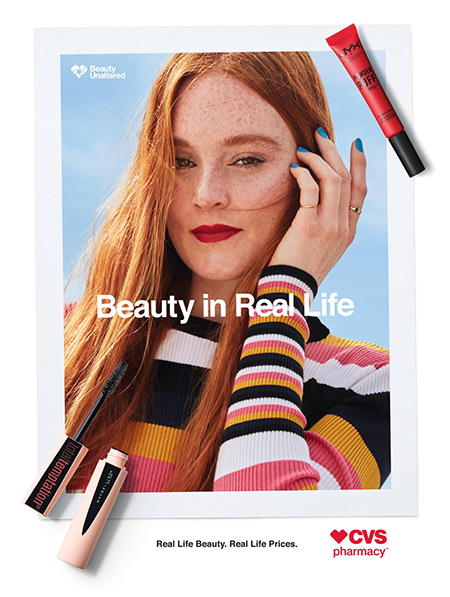
We’re really following the consumers on this. If you look at today’s consumer, her top influencers are in the social space. They are on YouTube and Instagram. They’re looking for people who are relatable, who wear their flaws on their sleeves but also like to wear great makeup and have fun with it. We also looked at our business and saw a lot of the growth coming from small, independent brands that had really interesting, dynamic and authentic founders.
We do want to sell beauty and cosmetics; this is not a natural movement. But we want women to buy because they’re living up to a realistic image and it’s making them feel better, not because they’re trying to achieve an image that’s been manufactured in a computer and that they’ll never get to. Our consumers are 80 percent female. We’ve seen pretty clear evidence that delivering heart and empathy makes a big difference to that female consumer. We want her to feel better when she’s in our aisles.
We’re a business. We need to follow the consumer, and that’s what led us here. But it also touched a lot of people
But you’re saying this isn’t, “We’re being a good for the world.” You’re saying that this is good for the bottom line.
We’re a business. We need to follow the consumer, and that’s what led us here. But it also touched a lot of people. The reaction we saw — we knew this would be big, but it was actually much bigger than we thought it would be. It just took off like crazy. I think it’s because people connect with it.
How are partner brands responding?
The conversations have been really positive, and I would say we are very encouraged. We have partner brands that are looking to reshoot their models. We’ve had partners say to us, “We’re not going to have an image in your store that doesn’t get the beauty mark.” I’m really encouraged by the world, by seeing how they’re willing to participate in this.
If you want to change the color of the lipstick to be more accurate to the color that it really is versus what was in the lighting, that’s fine. But you can’t take away a mole or a wrinkle or things like that.
This rolls out into our stores in January 2019. Our commitment is to be done by 2020, but it takes time to change all the photographs. What’s interesting is there are a lot of nuances. You get into, “Well, what about the color of the lipstick? What about a certain wrinkle somewhere or a wrinkled shirt?” What we’ve done is work with our partners to define a set of guidelines that says that you can’t materially alter a person. But if they have a wrinkle on their shirt or a stray hair, that’s totally fine to fix. If you want to change the color of the lipstick to be more accurate to the color that it really is versus what was in the lighting, that’s fine. But you can’t take away a mole or a wrinkle or things like that.
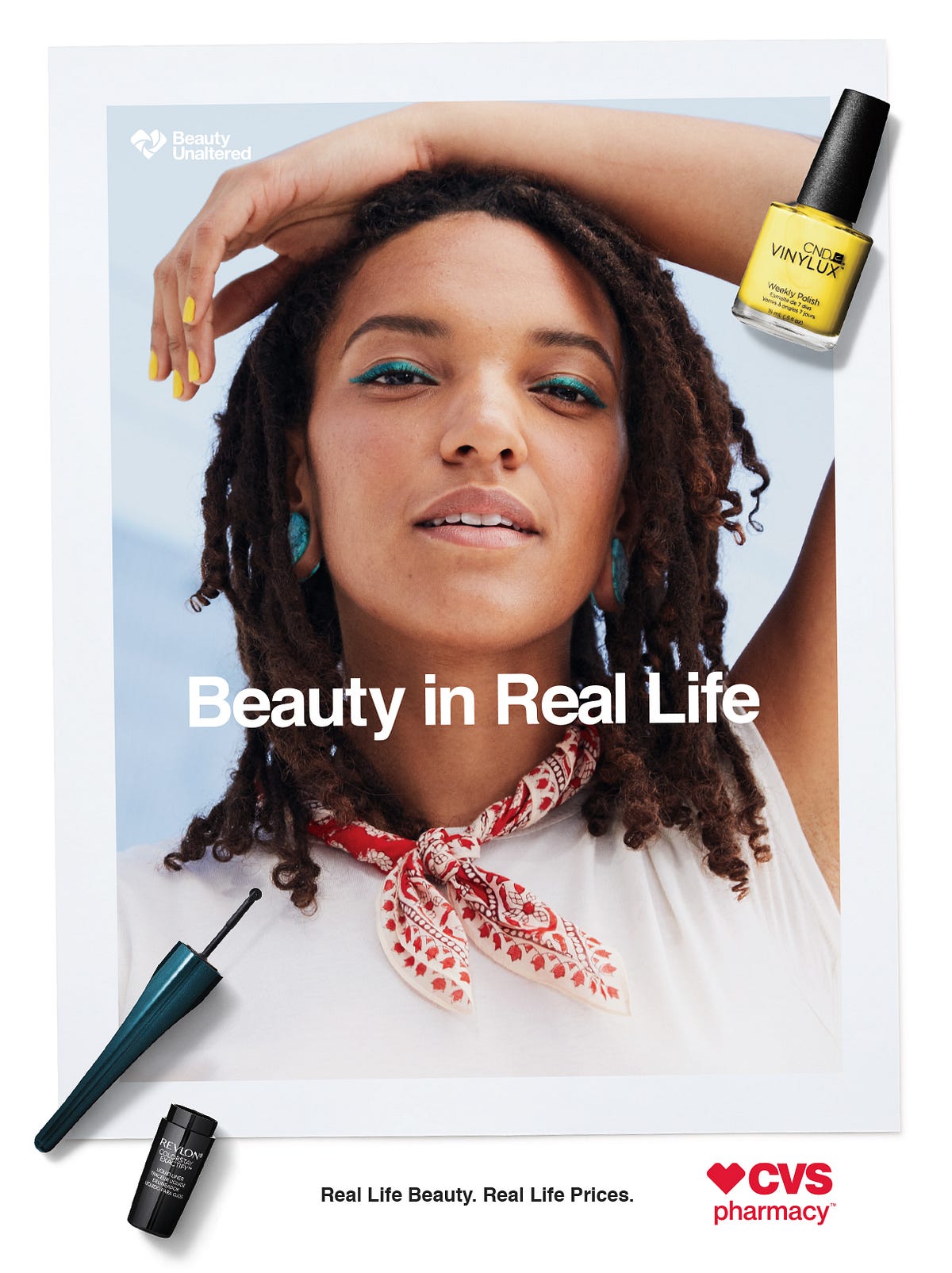
Why aren’t all brands doing this?
The partners are coming on board. A lot were on board right away, and then they said, “Oh, but I’ve got to look at all my celebrity contracts.” Some say, “My creative moves around the world, so I have to make a worldwide commitment, and that takes time to figure out.” So they’re all in various stages of coming along, but they’re all coming along.
We would like more retailers to participate in this. If our competitors do this, it makes it easier for our suppliers. If they’re going to invest in producing images that get our Beauty Mark, it’s a lot easier for them if it works for a ton of retailers. Now, we’re the second-largest seller of beauty in the country, so we matter a lot to them and they do stuff for us, but having more retailers on board would actually be pretty great.
Any retailer that wants to have a conversation or help to do this, we’re willing to help out and make it easier.
More From the May Beauty Issue of SheReports:
- Creative Spotlight: CVS
- Marketing Fitness Without Body Shame
- Body Image Through History
- Are Consumers Noticing?
- Where Body Positivity Meets Fashion Diversity
- The Downsides of “Fitspo”
- #SheDidThat: Jean Nidetch

